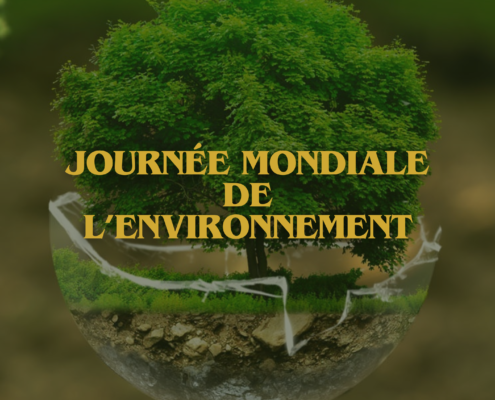AGEC Act: Traceability of resources as a cornerstone!
The anti-waste law for a circular economy, adopted in February 2020, introduces significant changes to the traceability arrangements for waste, excavated soil and sediment. Its main objective is to improve our understanding of these resources and integrate them more effectively into the circular economy, while preventing damage to the environment. This law is part of a complex regulatory context and aims to strengthen the responsible management of these crucial resources.
Regulatory context
The legal basis for this law can be found in Law 2020-105 of 10 February 2020 on the fight against waste and the circular economy, often referred to as the “anti-waste” law. This law devotes an important part to consolidating the traceability of waste, excavated soil and sediments. These objectives are defined by Decree no. 2021-321 of 25 March 2021 on the traceability of these resources.
The dematerialisation of waste tracking slips
One of the major aspects of this development is the dematerialisation of waste tracking slips. This approach aims to ensure the traceability of hazardous waste and/or waste containing persistent organic pollutants (POPs). From 1 January 2022, managers of hazardous waste will be required to transmit the contents of their chronological register(s) to the national waste register. This obligation concerns a wide range of players, including operators of establishments producing or shipping hazardous waste, collectors, transporters, traders and brokers, and operators of facilities for the transit, consolidation or treatment of such waste.












